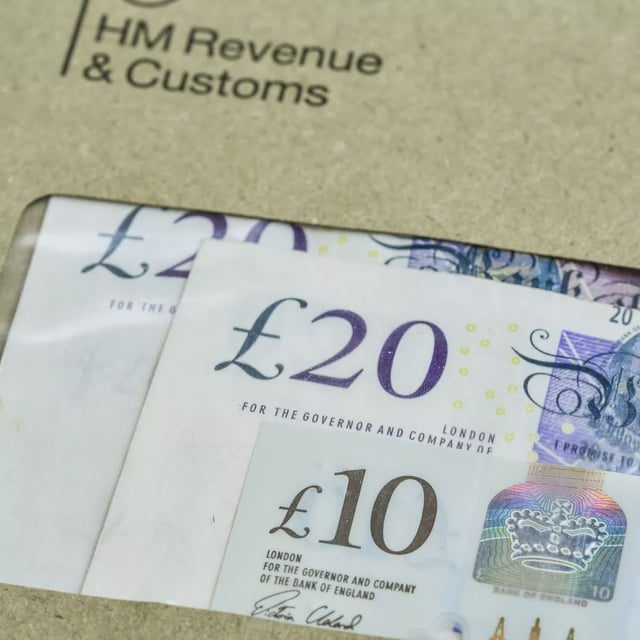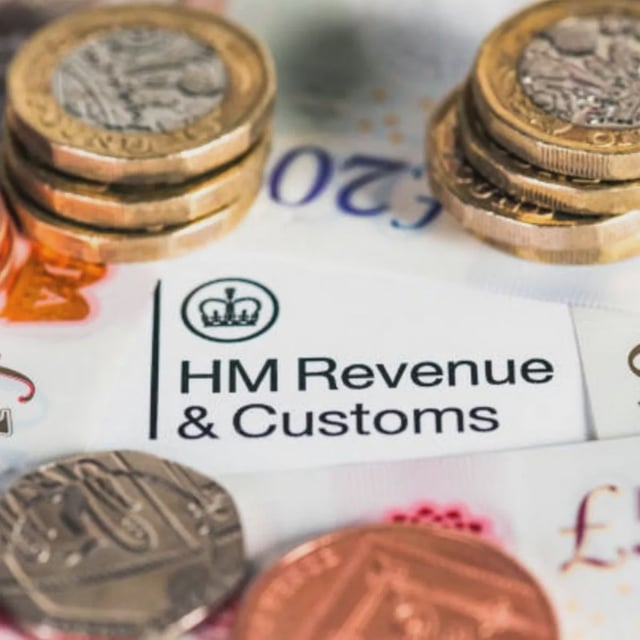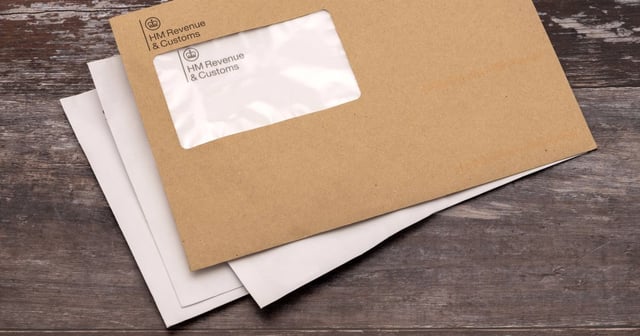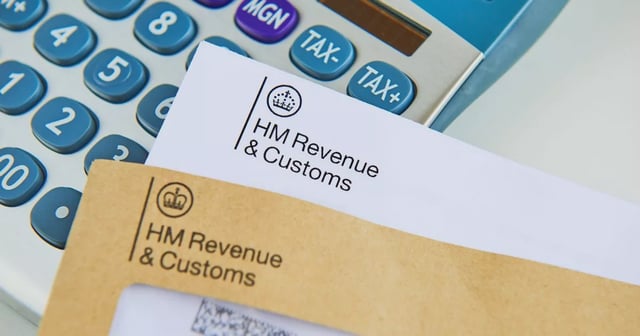Overview
- The UK’s personal allowance has been frozen at £12,570 since 2021 and remains set until at least 2028, pulling more earners into taxable brackets
- HMRC is automatically detecting savings interest via bank data and issuing self-assessment notices or adjusting tax codes for those over their £1,000 or £500 savings allowances
- Savers with modest fixed-term deposits risk unexpected tax bills when lump-sum interest payments push them above their annual allowance
- By using underused reliefs such as the Rent-a-Room scheme’s £7,500 tax-free rent income and Marriage Allowance’s £1,260 transferable allowance, households can significantly lift their thresholds
- Combining the £12,570 personal allowance with a £5,000 starting rate for savings and a £1,000 personal savings allowance lets incomes up to £18,570 go tax-free on interest



